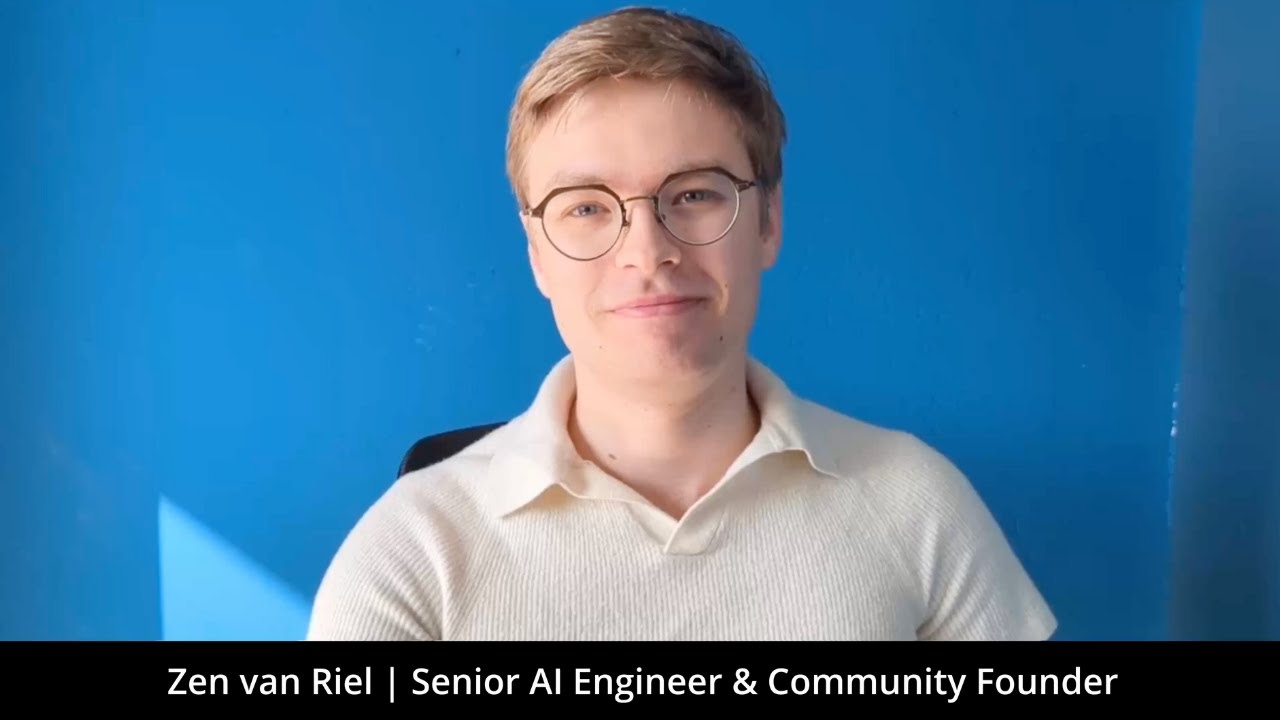Backend Developer to AI Engineer
Backend developers possess a particularly advantageous skill set for transitioning into AI engineering roles. Through my experience guiding engineering teams and my own journey from software development to AI engineering, I’ve observed that backend developers often make the smoothest transition into production AI roles—frequently outperforming those with traditional data science backgrounds. If you’re a backend developer considering a move into AI engineering, your existing expertise provides an exceptional foundation for this growing field. Understanding the complete AI engineering career path will help you leverage your backend experience most effectively.
The Backend Developer’s Natural Advantage
The reality of AI in production environments is that implementation challenges often overshadow algorithmic ones. This is precisely where backend developers excel:
- System architecture experience: Understanding how components interact in complex systems
- API design expertise: Experience creating interfaces that abstract complexity
- Performance optimization skills: Ability to identify and resolve bottlenecks
- Scalability planning: Knowledge of handling increased load requirements
- Error handling maturity: Experience with robust exception handling and recovery
These capabilities directly address the primary reasons why AI projects fail to reach production—not because of model limitations, but due to implementation and integration challenges.
Skill Mapping Analysis
Backend developers bring numerous directly transferable skills, with only specific AI-related knowledge gaps to bridge:
| Existing Backend Skill | AI Engineering Application | Knowledge Gap to Address |
|---|---|---|
| API design | Model serving interfaces | Model input/output formats |
| Database optimization | Vector database implementation | Embeddings concepts |
| Caching strategies | Retrieval augmentation | RAG architecture patterns |
| Load balancing | Model inference scaling | Model quantization basics |
| Microservice architecture | AI service design | Prompt engineering |
| Error handling | LLM output validation | Hallucination management |
This skill overlap means most backend developers can become productive AI engineers with a relatively modest learning investment.
Practical Transition Roadmap
Based on successful transitions I’ve guided and my personal experience, the most efficient path involves:
1. AI Fundamentals Onboarding (2-4 weeks)
- Learn core AI/ML terminology and concepts
- Understand basic model types and their capabilities
- Study the differences between traditional and AI system design
- Complete 1-2 guided implementations using pre-built models
2. Implementation Pattern Mastery (4-6 weeks)
- Focus on AI-specific architectural patterns (especially RAG)
- Learn model deployment frameworks (Hugging Face, LangChain, etc.)
- Study prompt engineering for reliable system behavior
- Build a project implementing a specific pattern end-to-end
For comprehensive guidance on RAG systems specifically, my complete RAG implementation tutorial provides the architectural foundation that backend developers need.
3. Integration and Production Focus (4-6 weeks)
- Develop expertise in AI observability and monitoring
- Master model versioning and deployment workflows
- Learn cost optimization strategies for AI systems
- Build a project that demonstrates production-readiness
4. Specialization Development (4-6 weeks)
- Select a specific implementation area (multi-modal systems, agent architectures, etc.)
- Develop deeper expertise in selected specialization
- Create a showcase project demonstrating specialist capabilities
- Document architecture decisions and implementation approaches
This transition typically requires 3-6 months of focused learning, with many backend developers securing AI engineering roles after 4 months.
Common Transition Challenges
In guiding backend developers through this career pivot, I’ve observed several recurring obstacles:
- Algorithm distraction: Getting pulled into mathematical aspects rather than focusing on implementation
- Over-engineering: Creating unnecessarily complex AI architectures instead of pragmatic solutions
- Experimentation reluctance: Hesitating to use iterative approaches common in AI development
- Output uncertainty: Struggling with the probabilistic nature of AI outputs versus deterministic systems
- Technology overreliance: Focusing too much on specific frameworks rather than architectural patterns
The most successful transitions happen when backend developers recognize that their core strength is building robust systems—regardless of whether those systems include AI components.
Leveraging Your Backend Expertise
When positioning yourself for AI engineering roles, highlight these key advantages:
- Emphasize your experience creating scalable, reliable production systems
- Showcase projects where you integrated multiple services or components
- Highlight performance optimization skills that transfer to AI inference scenarios
- Demonstrate understanding of the full system lifecycle, from development through monitoring
Companies increasingly recognize that successful AI implementation requires strong engineering foundations—precisely what backend developers provide.
Real-World Implementation Skills Over Theory
The market increasingly values practical AI implementation expertise over theoretical knowledge. When developing your portfolio:
- Create projects demonstrating end-to-end implementation (not just model training)
- Document your architectural decisions and reasoning
- Show how you addressed production concerns like monitoring and reliability
- Highlight instances where you overcame implementation challenges
For specific guidance on building an impressive AI engineering portfolio, explore my comprehensive portfolio project guide designed for backend developers transitioning to AI.
This practical focus positions you for roles where AI components need to function reliably in real-world conditions.
Ready to accelerate your transition from backend developer to AI engineer? Join my AI Engineering community for structured implementation-focused learning, architecture pattern templates, and connections to others making similar career moves.

